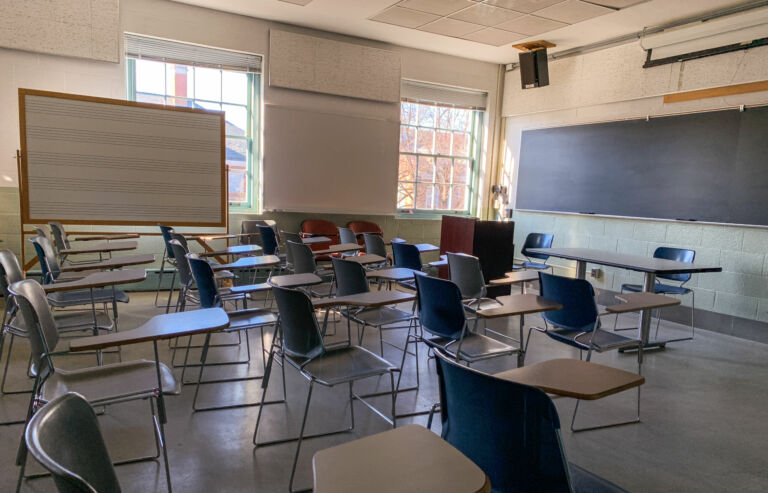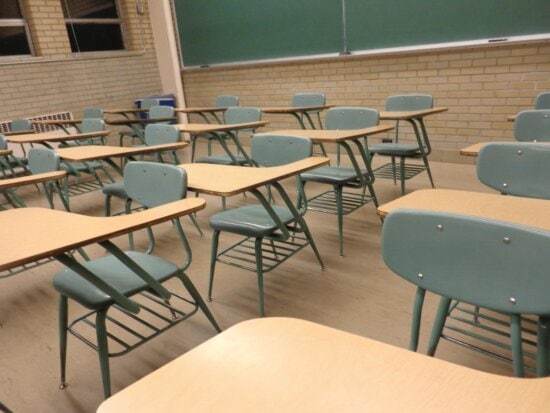- Although most families are hoping that back to school means back to normal, there are still some wanting to go back to forced masking, social distancing, isolated lunches outside, daily testing, lengthy quarantines, and even virtual schooling despite the learning loss that results
- An estimated 99.7 percent of North Carolinians posed no threat of passing along Covid, according to the most recent state data
- Also, latest DHHS numbers show that vaccinated and boosted people make up the most of Covid hospitalizations and ICU hospitalizations
Kids are heading back to school as a new academic year starts, and most families are hoping that this year, back to school also means back to normal. Not the “new normal” the politicians talked of, which is abnormal, but the real, normal normal.
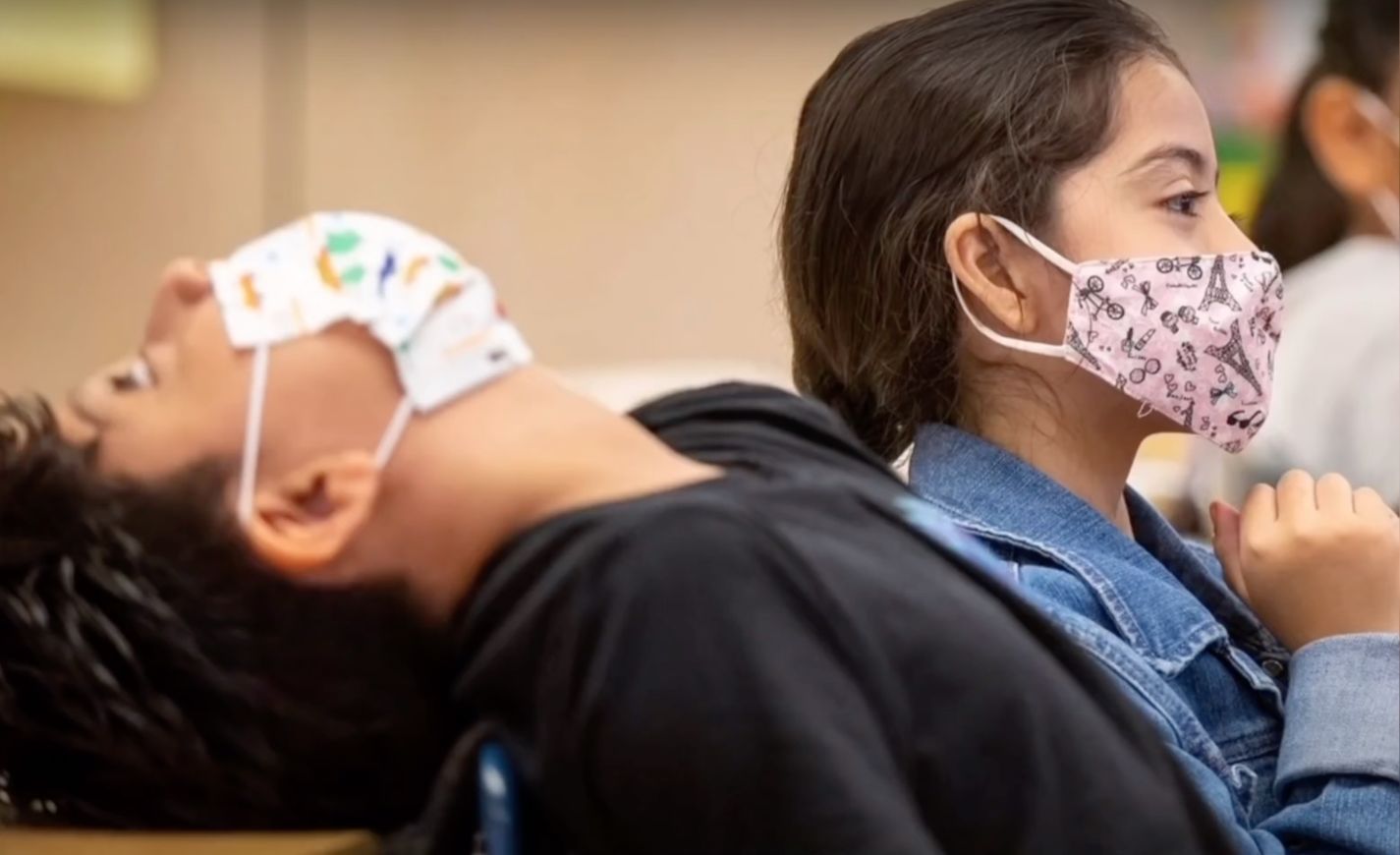 There is, however, a vocal subset of forever-Covid alarmists who want to perpetuate the brutalizing controls wielded against people — especially defenseless schoolchildren, who may be more easily conditioned into submission to arbitrary authority — of all-day face-masking, social distancing and isolation from peers, quiet lunches outside in the elements, public pressure to submit to (if they’re not mandated) novel vaccines under Emergency Use Authorization, daily virus testing regardless of lack of symptoms, and lengthy suspensions (dubbed “quarantines”) for the social crime of being around someone sometime recently who later received a positive test result.
There is, however, a vocal subset of forever-Covid alarmists who want to perpetuate the brutalizing controls wielded against people — especially defenseless schoolchildren, who may be more easily conditioned into submission to arbitrary authority — of all-day face-masking, social distancing and isolation from peers, quiet lunches outside in the elements, public pressure to submit to (if they’re not mandated) novel vaccines under Emergency Use Authorization, daily virus testing regardless of lack of symptoms, and lengthy suspensions (dubbed “quarantines”) for the social crime of being around someone sometime recently who later received a positive test result.
That subset includes (among others) teacher unions, media, some politicians and bureaucrats, and some parents terrified by the preceding. A recent WRAL “5 On Your Side” news article, “No masks, new rules: State of COVID-19 protocols headed into the new school year,” exemplified this view. The article found hope in vaccination being available to “nearly every school-aged child” but fretted that “other precautions to slow the spread of the virus in schools have gone away,” including masking, social-distancing policies, and daily testing.
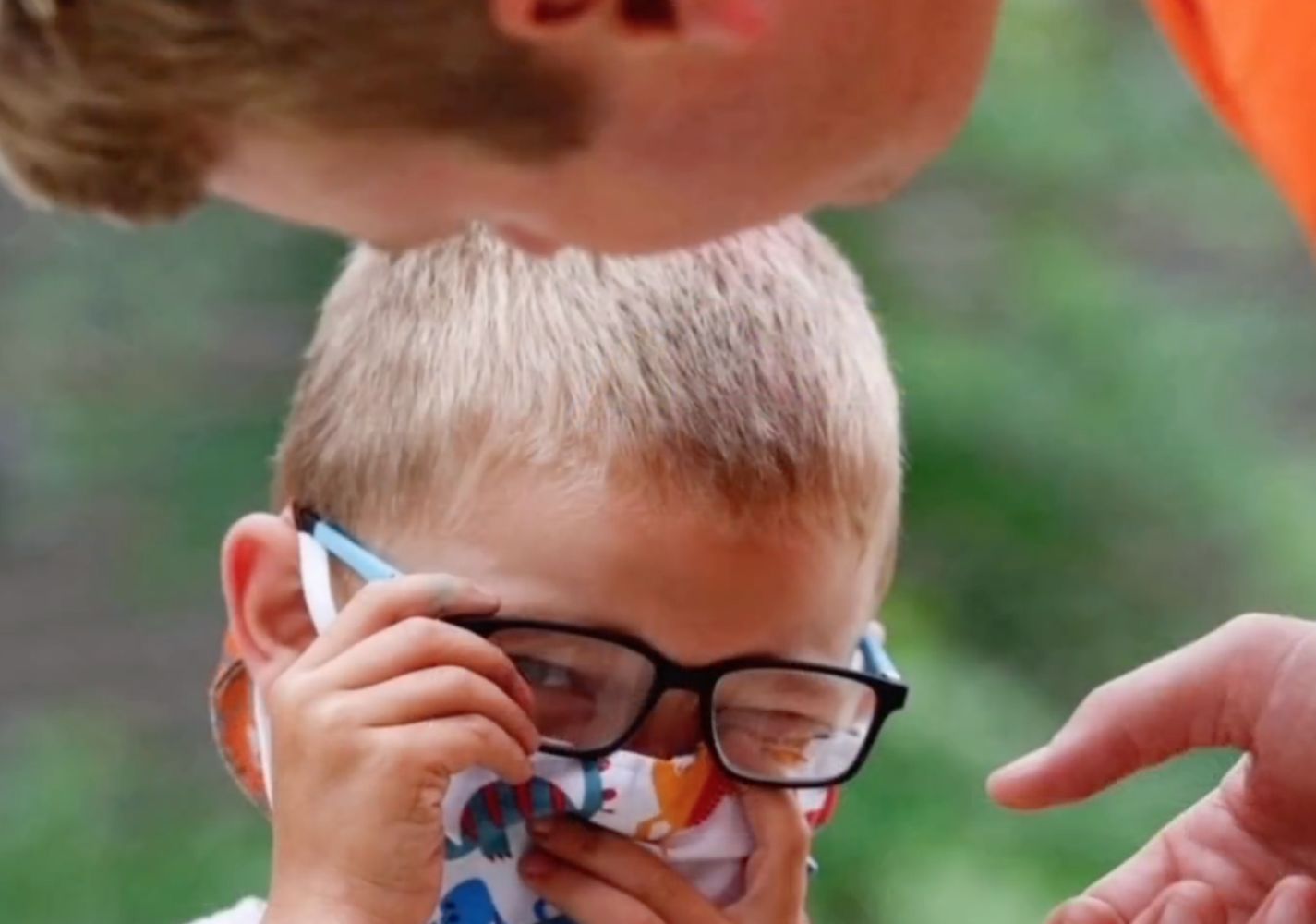 In the article, WRAL spoke to a “worried” parent, but not just any worried parent: someone who had “launched a statewide petition” for worried parents to demand “layered mitigation” measures in schools and a readiness for (among other things) re-masking kids, returning to virtual schooling, requiring outdoor eating, and checking and repairing ventilation systems. WRAL then spoke with a school Covid response manager and a school nurse.
In the article, WRAL spoke to a “worried” parent, but not just any worried parent: someone who had “launched a statewide petition” for worried parents to demand “layered mitigation” measures in schools and a readiness for (among other things) re-masking kids, returning to virtual schooling, requiring outdoor eating, and checking and repairing ventilation systems. WRAL then spoke with a school Covid response manager and a school nurse.
It never occurred to WRAL that many parents would actually be happy to see the end of all those policies. So WRAL didn’t speak to any of those parents, let alone find any whose worry was the impact of two years of proven learning loss from “layered mitigation” measures, especially from virtual schooling but also from making the school experience miserable for young learners.
Consider, for example, how adults reacted when the airplane mask mandate was vacated:
For many people it was announced midflight, and social media was immediately awash with cabins erupting in cheers, applause, tears of joy, toasts of champagne, dancing, and even singing among airline passengers and personnel. If you’re having a bad day, click on those links. I promise they’ll boost your spirits.
Those flights could last as little as an hour. Imagine the relief felt by poor kids forced into the things for the entire school day — and much longer, if they’re bused. Never mind that masks have never been proven effective against Covid-19 or any other airborne virus. This classroom’s reaction to lifting of a mask mandate should joyfully suffice.
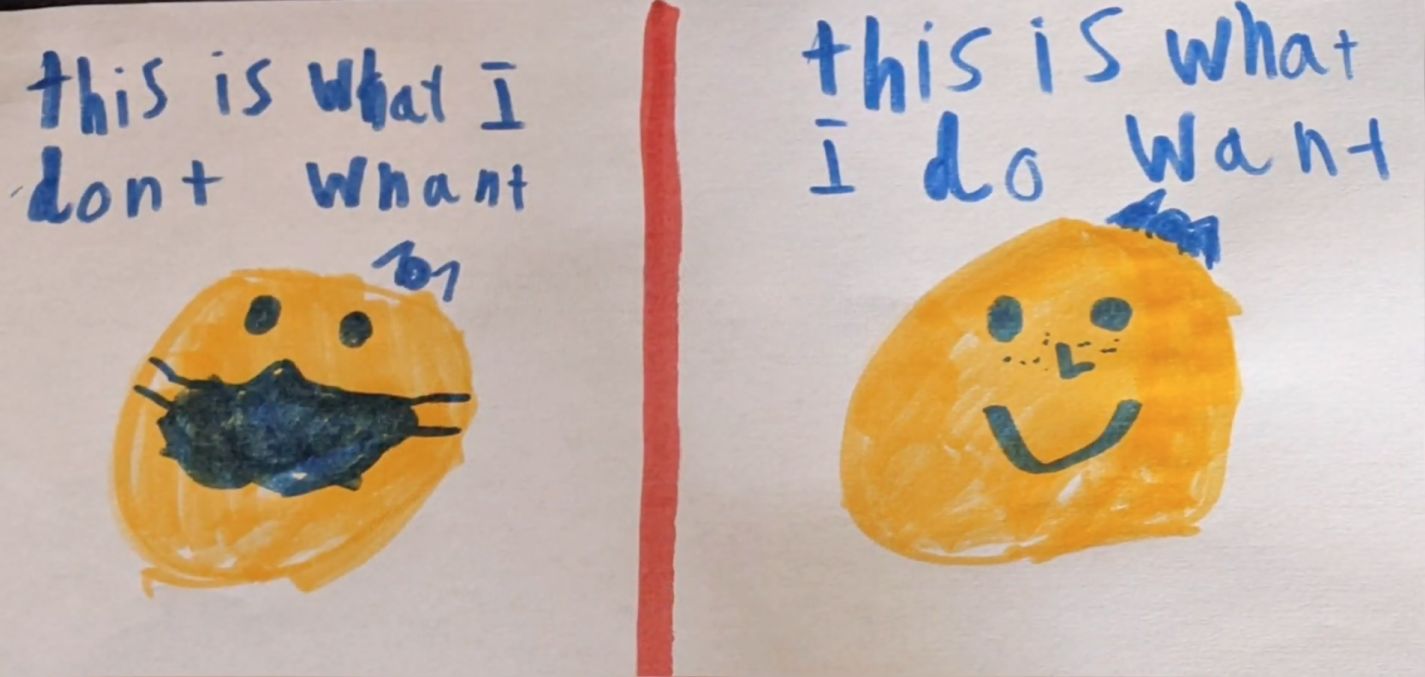
The NC Threat-Free Index for the week ending Sept. 7, 2022
For the past two years, until shortly after the NC Department of Health and Human Services (DHHS) stopped giving daily Covid data updates and it became evident Covid-19 was endemic, I provided weekly updates to the NC Threat-Free Index. The idea was to bring perspective to the large numbers being reported daily — but incompletely — by media and the administration of Gov. Roy Cooper.
With kids going back to school, what are the most recent numbers for the NC Threat-Free Index? Here they are as of the DHHS’s most recent weekly update, Sept. 7:
- Active cases: 35,232 among an estimated population of 10.77 million
- Presumed recovered: 3,079,705
- Percent of total cases presumed recovered: 98.0 percent
- Percent of total cases that are active: 1.1 percent
- Percent of the total NC population with active cases of Covid: over 0.3 percent
- Percent of the NC population to have died with or from Covid: over 0.2 percent
- Percent of the NC population who posed no threat of passing along Covid: about 99.7 percent
Notice that the risk estimated here is of encountering someone with a transmissible infection, not of contracting an infection. Becoming infected requires a greater range of circumstances than a chance encounter. It includes length of time spent near an infected person, proximity, location, air circulation and purification, how symptomatic the person is, and one’s own immune protection (especially if one has acquired natural immunity from fighting off a prior infection).
DHHS used to publish post-vaccination infections data along with reinfections. Nevertheless, as time passed, the proportion of new cases among the vaccinated grew until they comprised a solid majority of new cases. Unvaccinated people who had recovered from a previous infection (i.e., they had acquired natural immunity) consistently comprised the smallest proportion of NC’s new Covid cases, in keeping with longstanding scientific understanding of natural immunity. Here is a graph of those data roughly across the month of February 2022:
Covid-19 Cases in NC by Vaccination Status, Jan. 29–Feb. 26
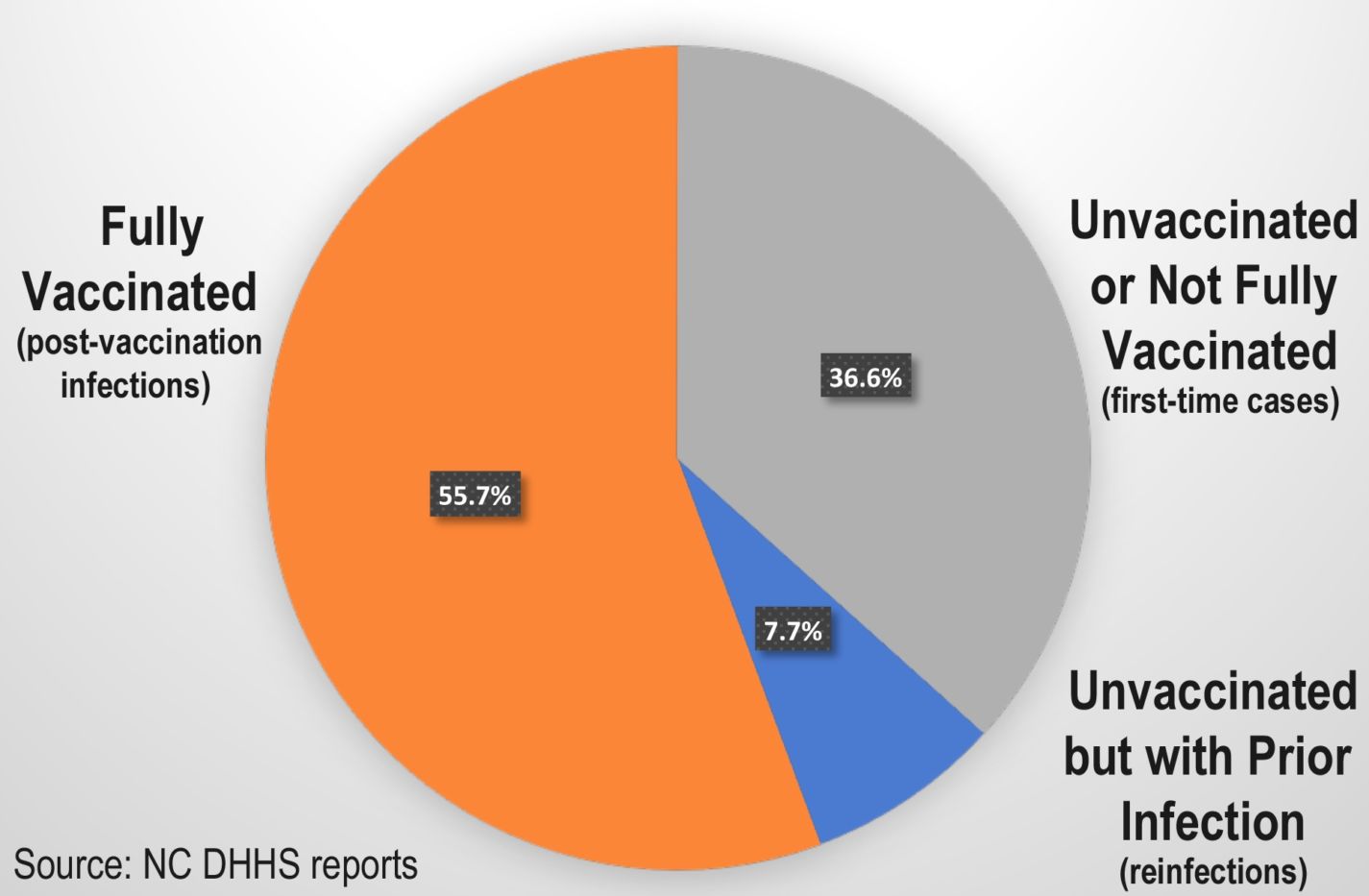
In April 2022, when DHHS’s own charts showed more cases occurring to vaccinated and boosted people than “the unvaccinated” (who also included those with natural immunity, even though Pres. Joe Biden, Gov. Roy Cooper, the DHHS secretaries, media, and others ignored them), DHHS stopped its weekly publication of those data.
DHHS still publishes Covid hospitalization data according to unvaccinated, vaccinated, and boosted (no mention of the unvaccinated with prior infection, however). Unfortunately, the hospitalization data is a mishmash of patients admitted because of a Covid infection (“hospitalized for Covid”) and those who came to the hospital for other reasons and subsequently tested positive for an inconsequential Covid infection (“hospitalized with Covid”). Here’s why that’s important: at one point last winter, hospitalizations with Covid made up 60% of “Covid hospitalizations” at UNC Health (see my post, “Fell off a ladder and came down with Covid”).
For what it’s worth, here are DHHS’ most recent numbers on Covid hospitalization data according to unvaccinated, vaccinated, and boosted. They are reflective of the week ending September 3:
Percent of North Carolinians hospitalized or in the ICU with COVID-19 by vaccination status, week ending Sept. 3, 2022
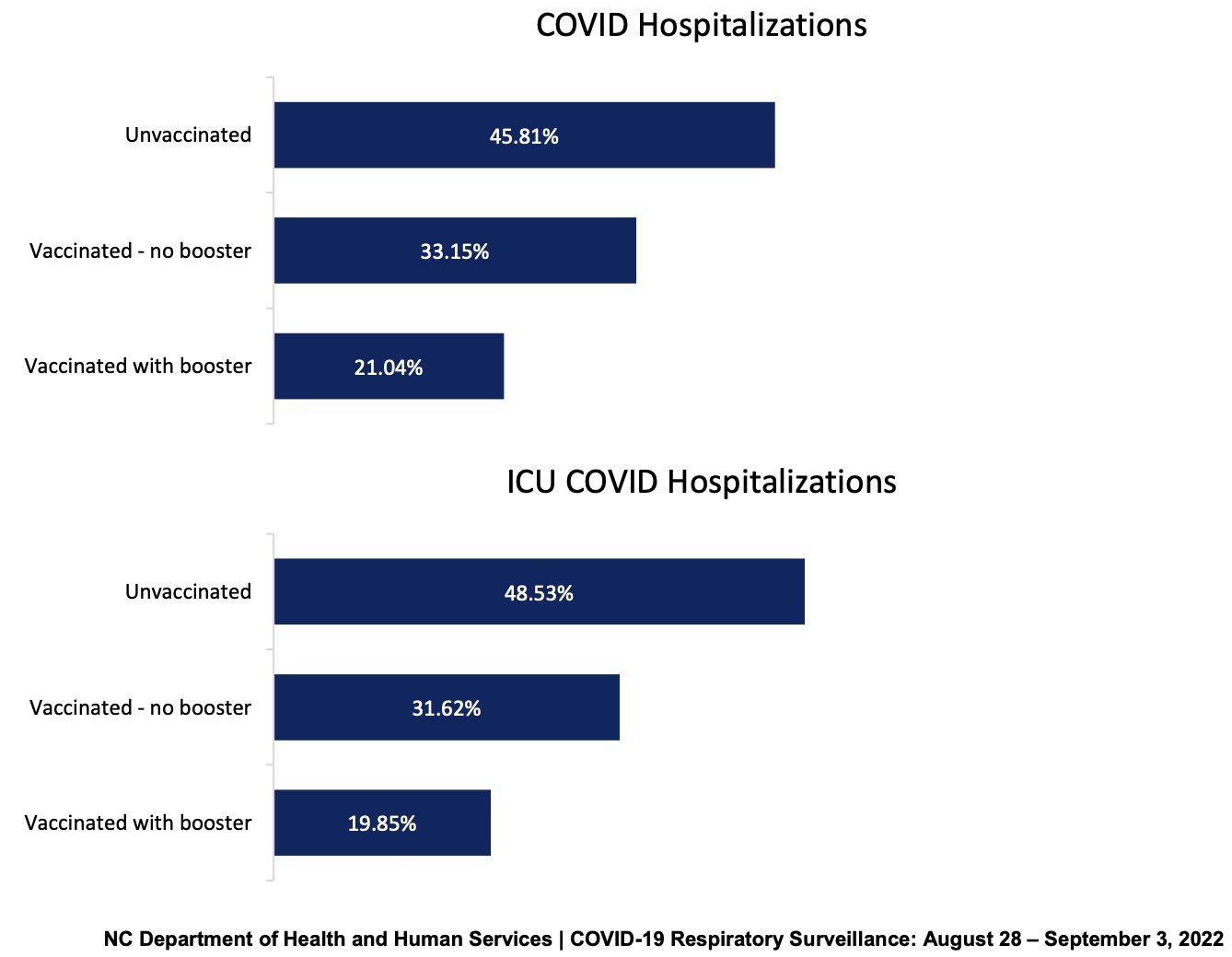
As you can see, in this week, the majority Covid hospitalizations and severe (intensive care unit) Covid hospitalizations occurred to vaccinated and boosted people. These percentages tend to fluctuate, so in some weeks the unvaccinated have been in the majorities. The hospitalization statistic is too muddled, however, for being able to draw conclusions. Nevertheless, it’s enough to show how off-base the old “pandemic of the unvaccinated” talking point was.
